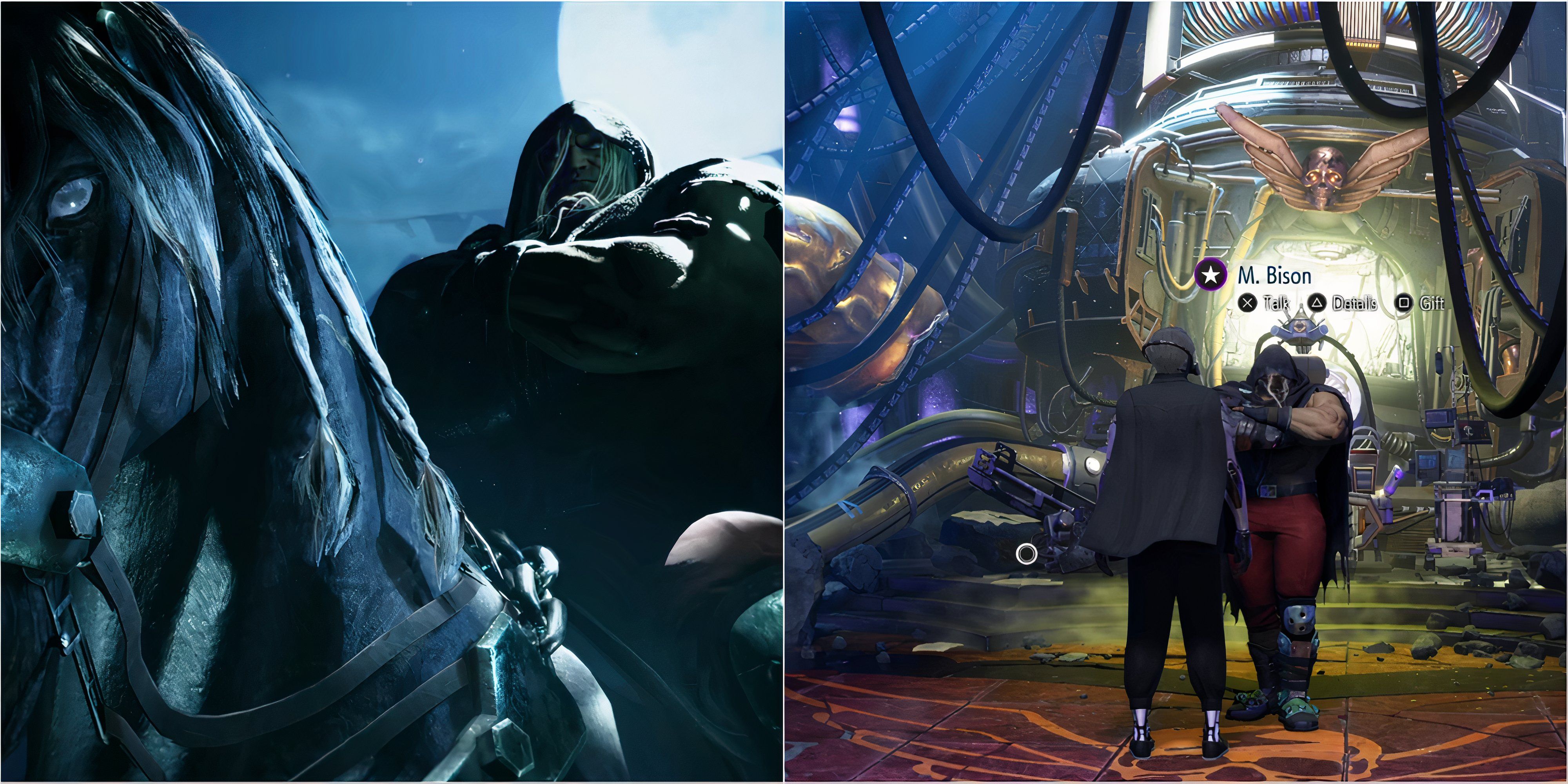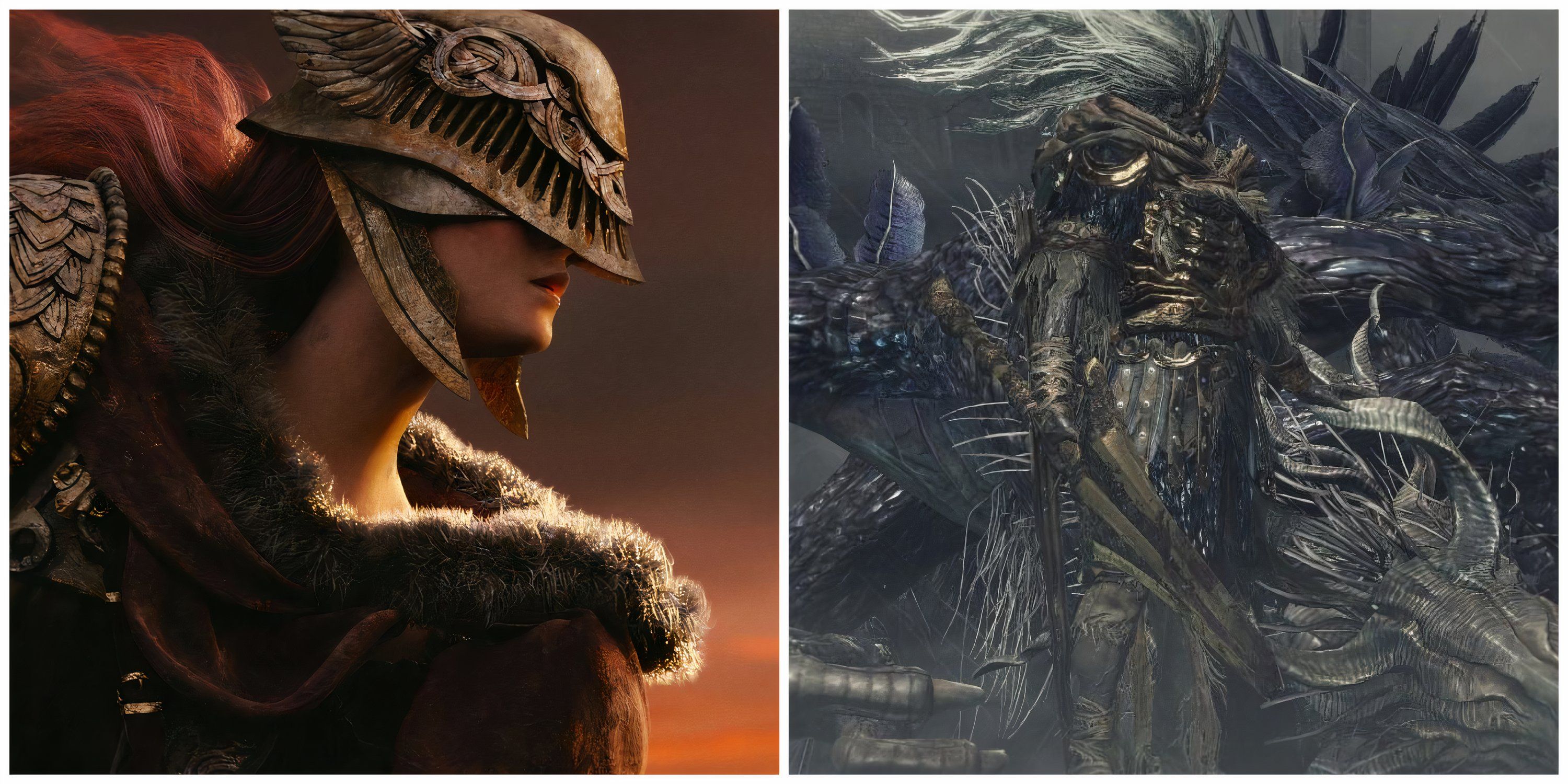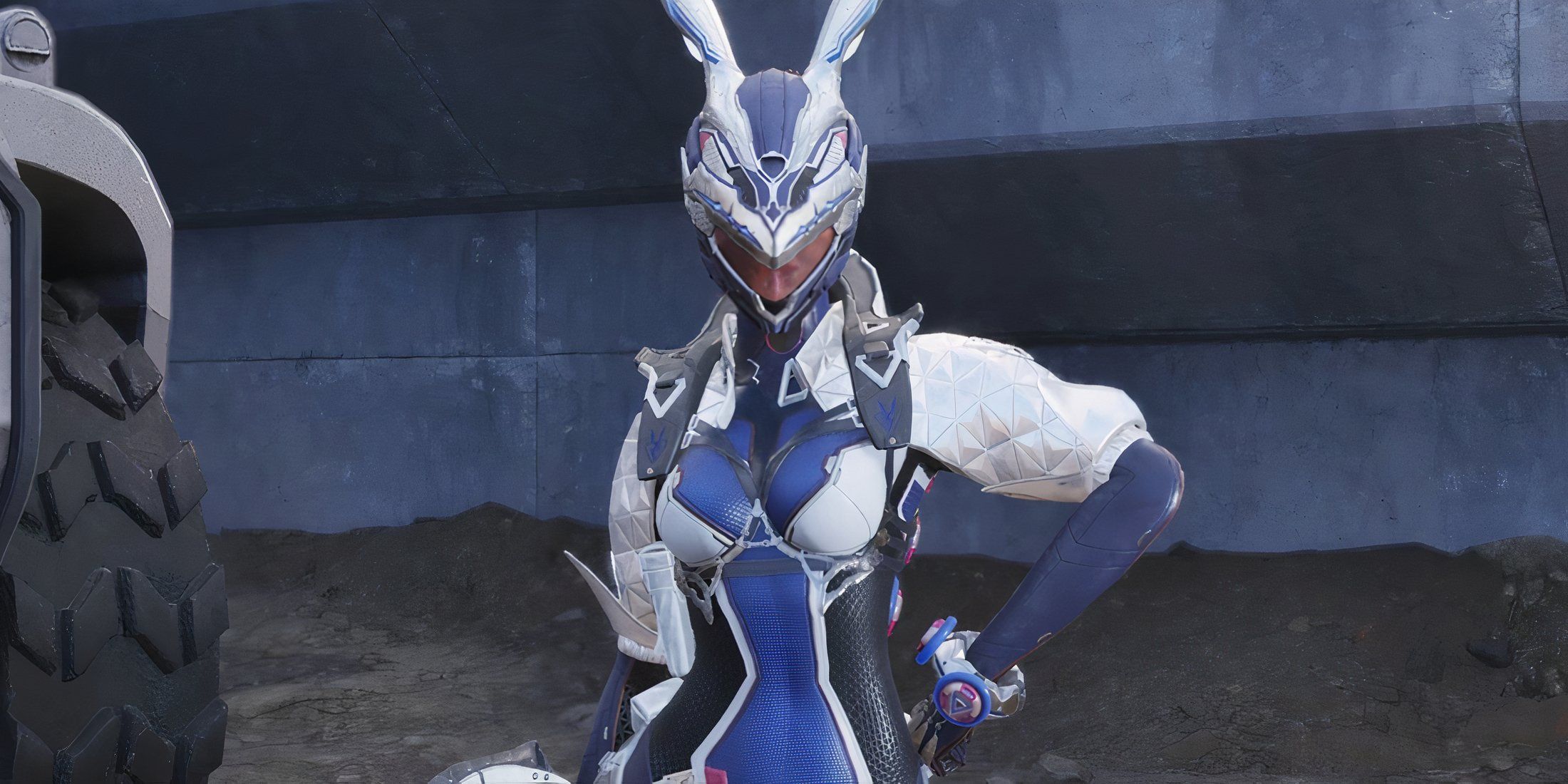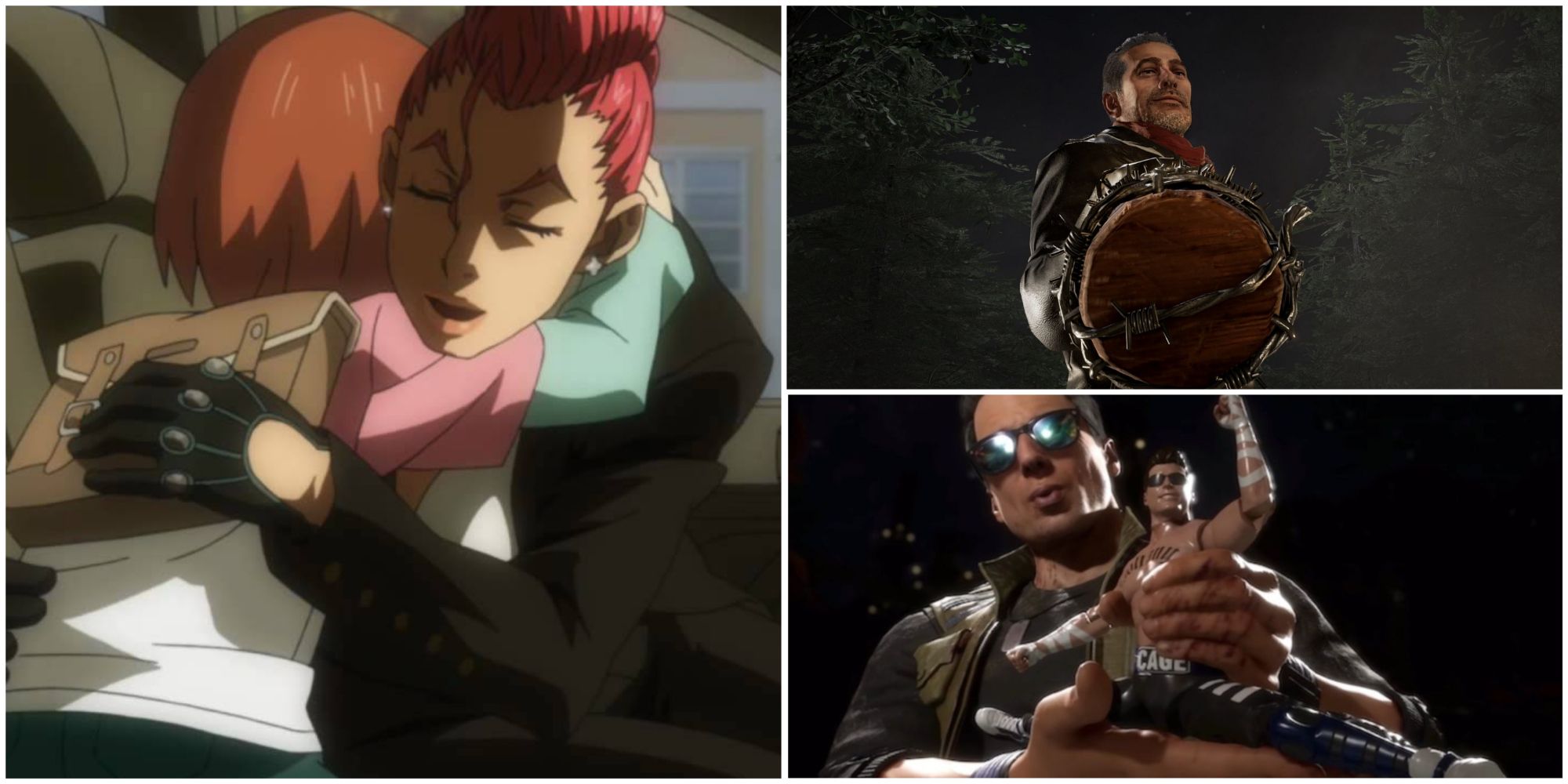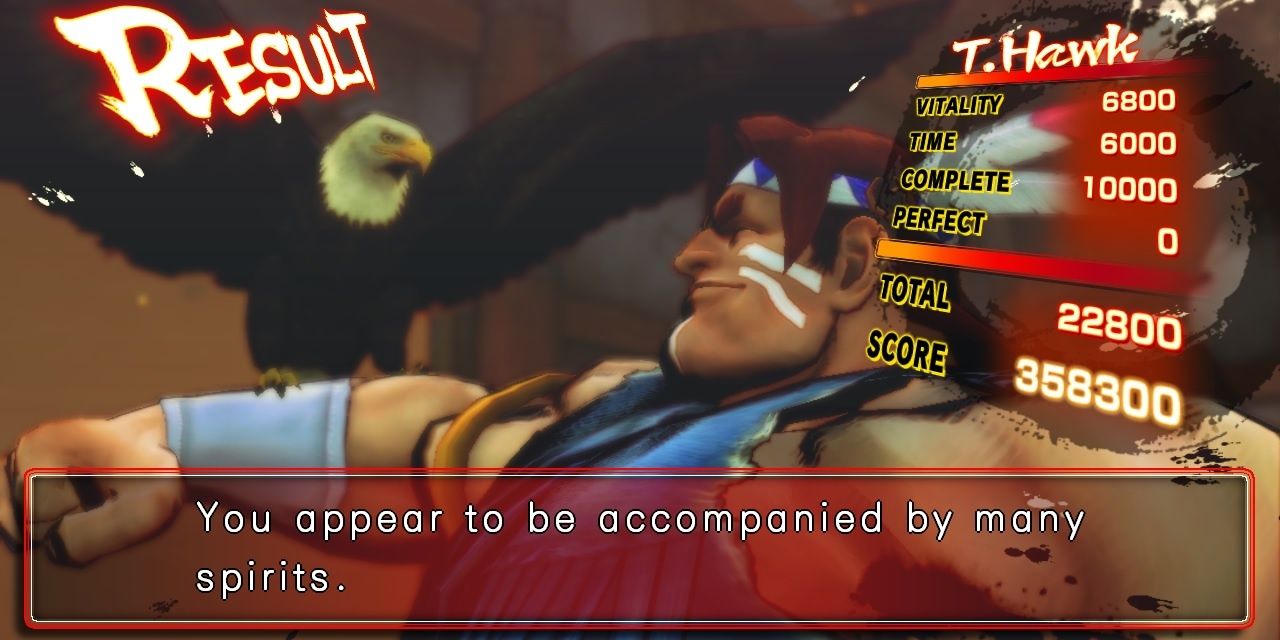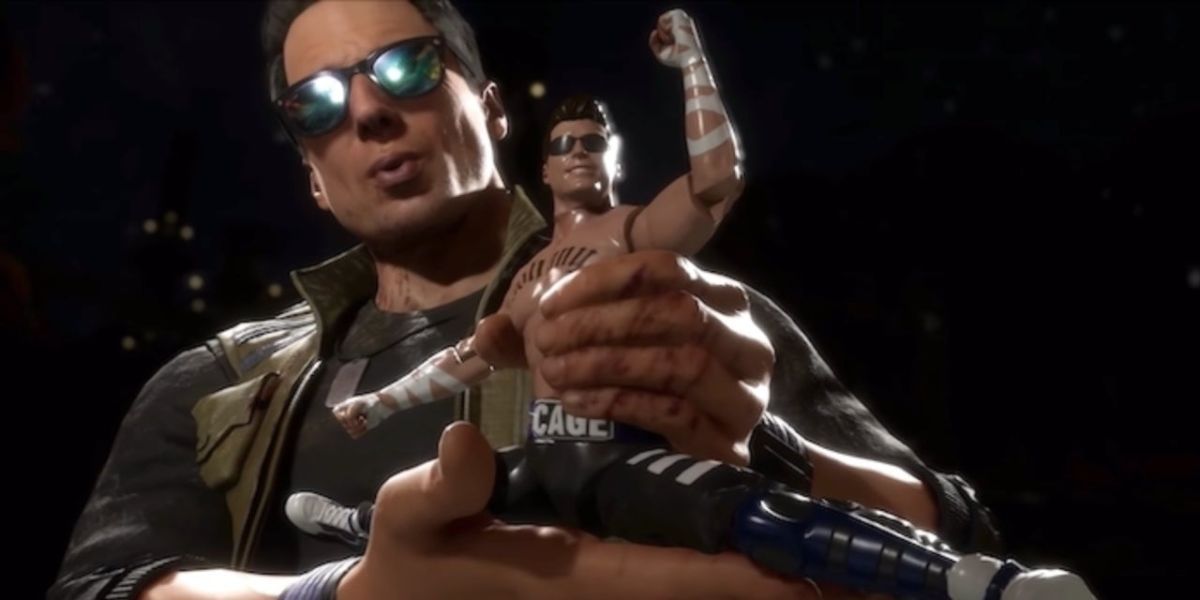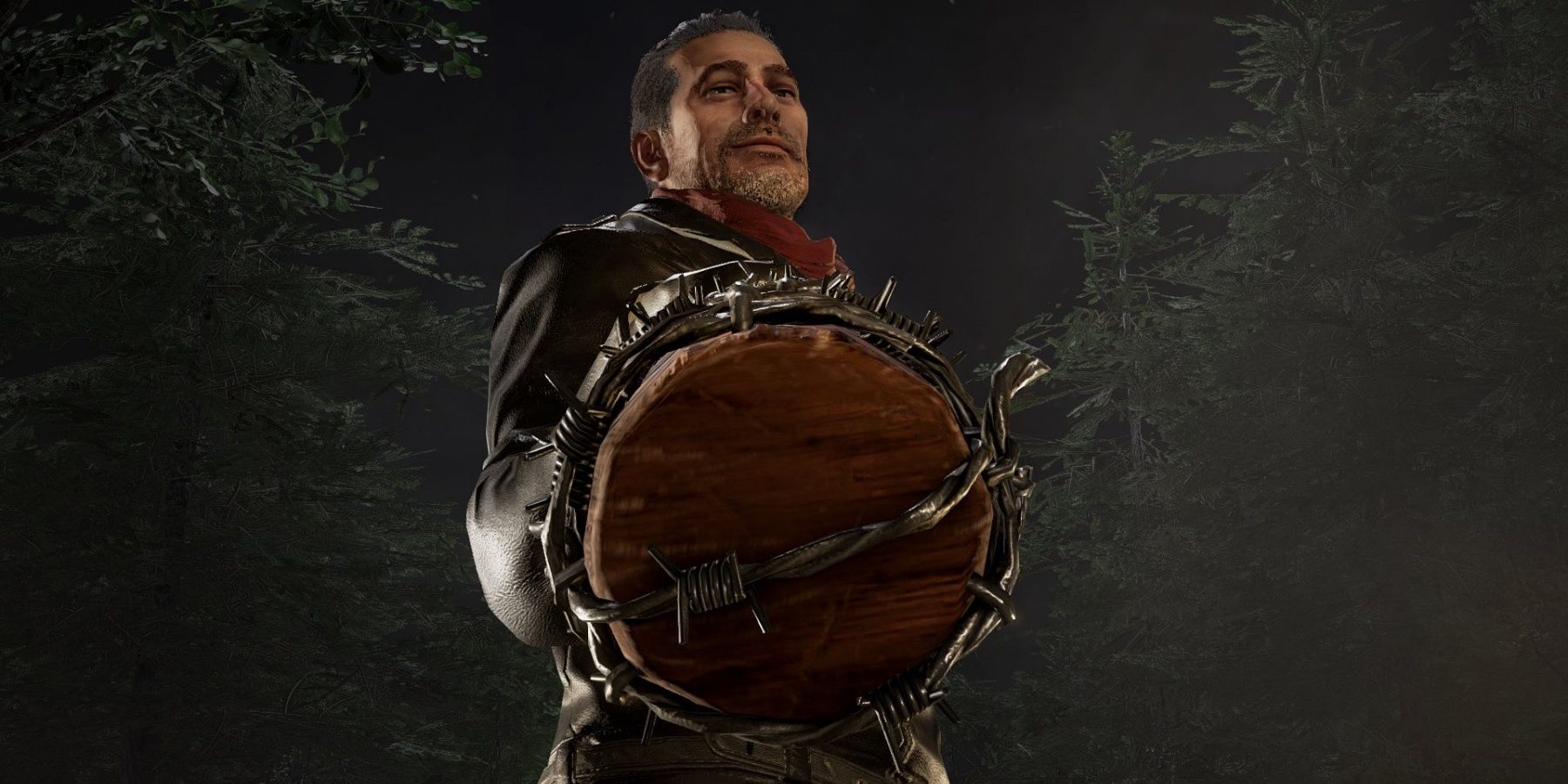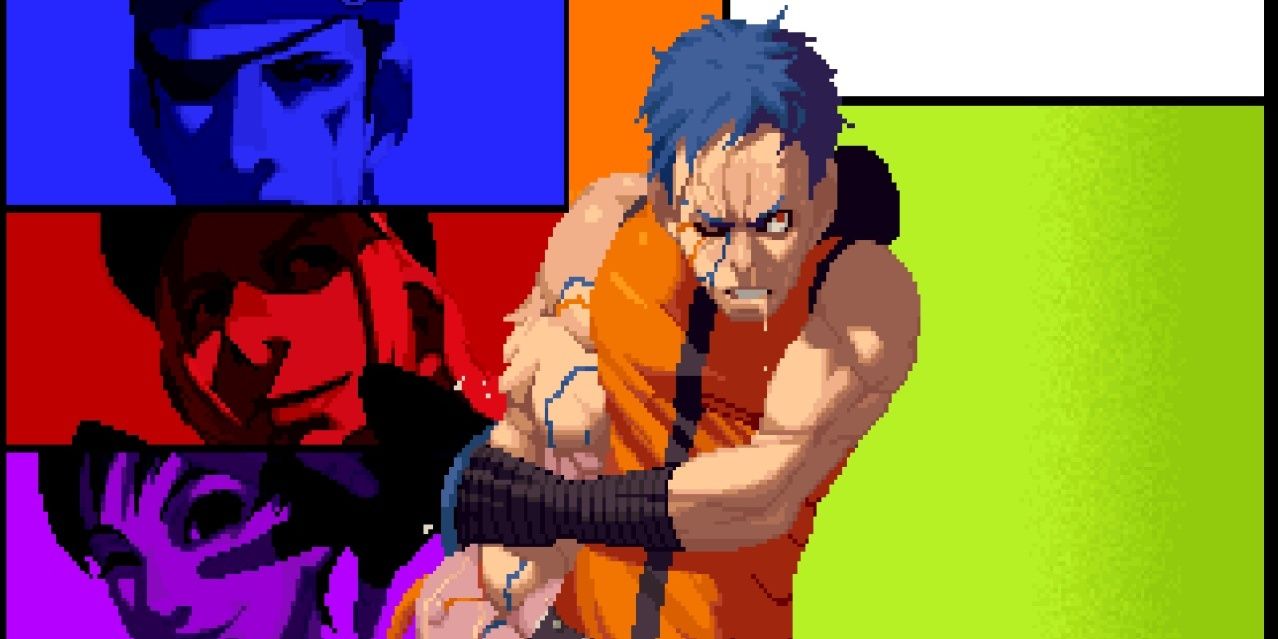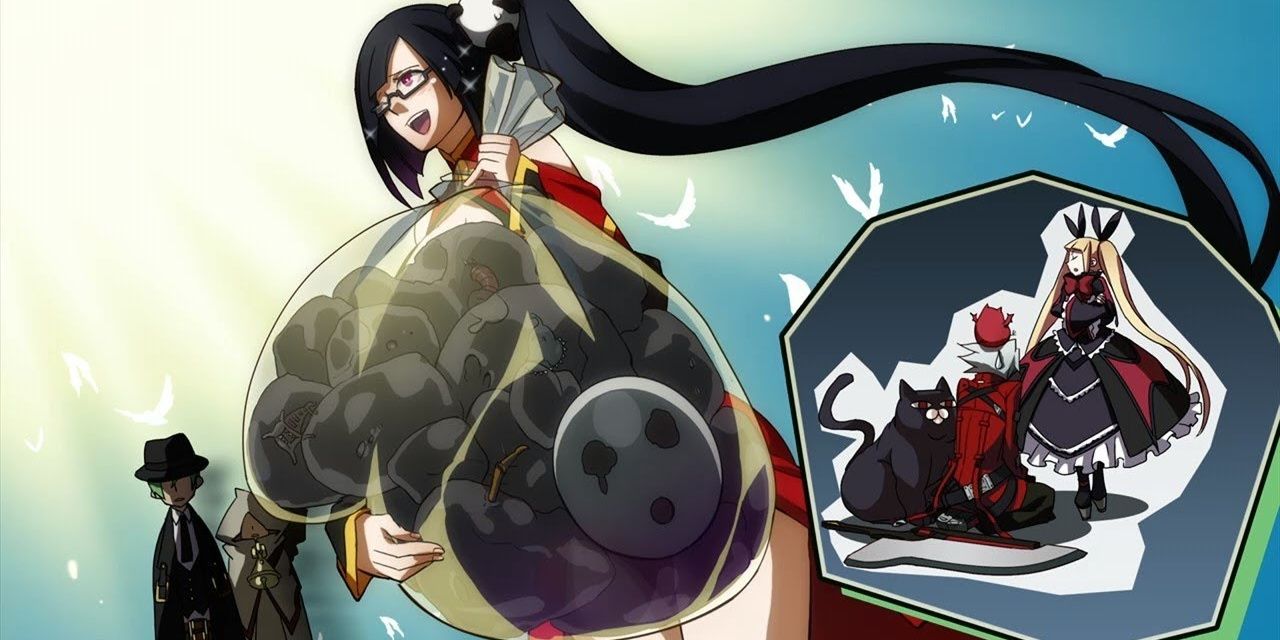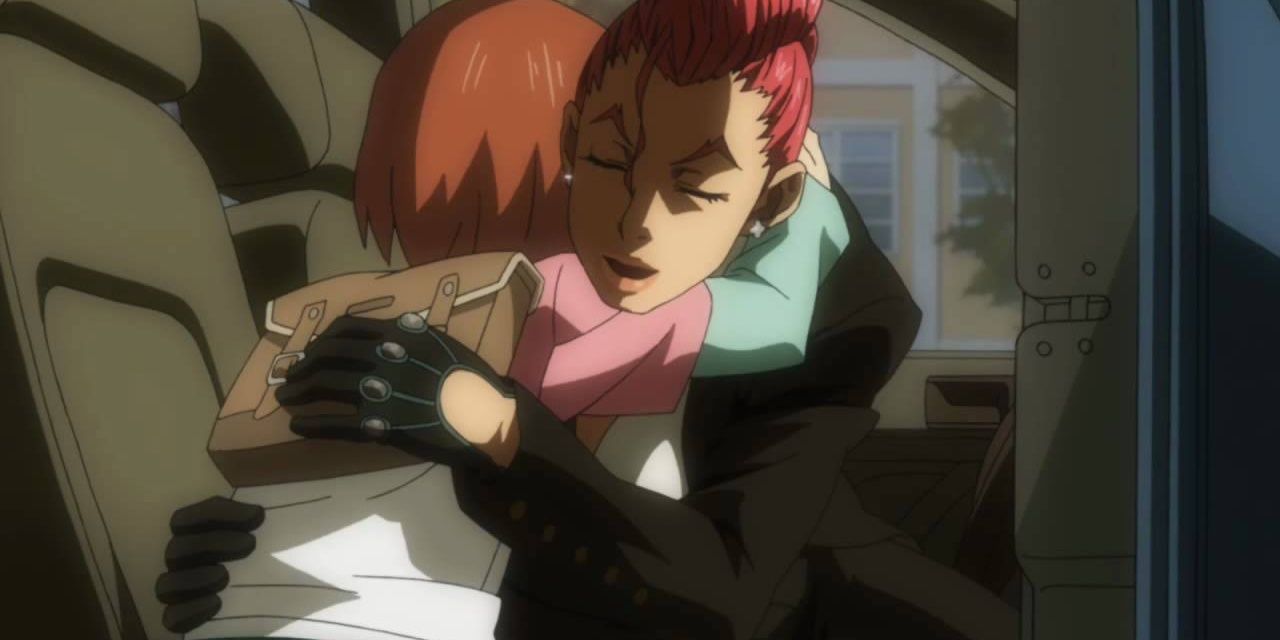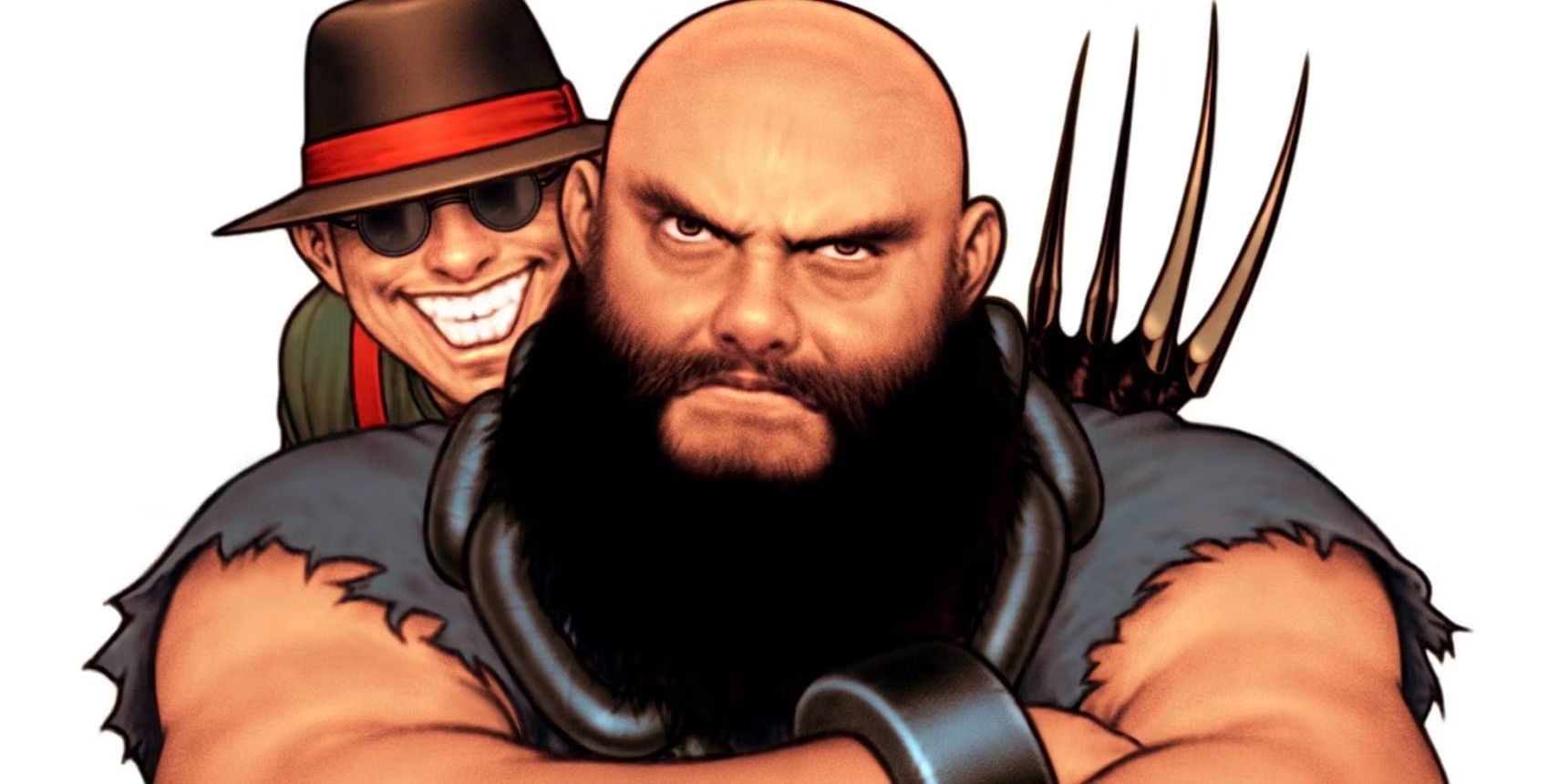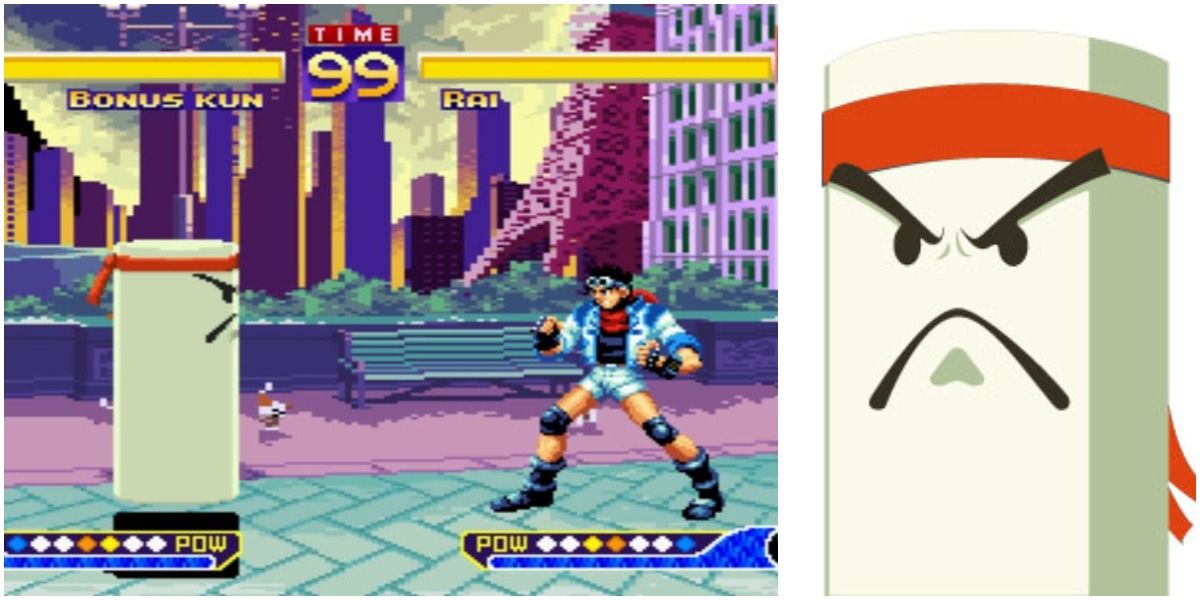Every video game genre has its archetypes. RPGs have the sword-wielding hero and passive healer. Racing games have nippy vehicles that fall apart with a glance, and tanks that turn slower than a tectonic plate. Fighting games have zoners who prefer to keep their opponents away, and grapplers who want to give them a big, bone-crunching hug.
They also have ones based on the designs they tend to use, like the serious shoto (Ryu, Ryo, Andy Bogard), their cocky friend (Ken, Robert, Terry), and the evil big boss with a criminal empire (Bison, Geese, Heihachi). While they're pretty common, there are some lesser-known archetypes in fighting games that stick out once they're noticed.
8 The Native (North) American
These characters used to be much more commonplace in the 1990s. Fighting games just found something fascinating about Native Americans at the time, even if they were largely stereotypical. Super Street Fighter 2's T.Hawk was so stereotypical that it was easy to forget he was from Mexico. The US had Mortal Kombat’s Nightwolf, Killer Instinct’s Chief Thunder, and Fatal Fury’s Rick Strowd representing their tribes.
Virtua Fighter went further north by making Wolf Hawkfield an Indigenous Canadian, and he was more of a pro-wrestler stereotype in execution. Seeking a way to stand out from the crowd, Tekken combined the kung fu girl and Native American trope to produce Michelle and Julia Chang, the Sino-Natives who put on their boots and fringed jackets to take down their opponents with baji quan moves and suplexes.
7 The Celebrity
In lore, fighting tournaments are a good way to seek fortune and glory. It makes sense for brawlers like Tekken’s Paul Phoenix or Street Fighter’s E.Honda to enter one and try to become number one or spread the word about the power of sumo wrestling. But why would someone risk getting their face caved in when they're already famous? King of Fighters’ Chinese pop idol Athena Asamiya, and Street Fighter 6‘s supermodel Manon do it for other goals, like helping a fan or pursuing strength.
Others are just in it for the yuks like Tekken’s Lucky Chloe, or are off-screen side hustles added for flavor like Virtua Fighter’s movie actor Pai Chan and racing car driver Jack Bryant. The most famous example is Mortal Kombat’s Johnny Cage, a Hollywood action star who saw a tournament where humanity risked seeing their world merge with a dark realm full of monsters, magic, and murder, and thought “there’s money to be made here!”
6 The Actual Celebrity
The only archetype odder than fictional celebrities are real ones. Not ones modeled on famous figures like the multiple Bruce Lee copycats across the genre either; no, these are actual famous people who allowed a studio to use their likeness and voice for a character. Usually, it’s in the form of one of their famous roles. Netherrealm Studios got Stephen Amell, Carl Weathers, Peter Weller, and Sylvester Stallone to reprise their roles from Arrow, Predator, Robocop, and the Rambo movies for Injustice and the Mortal Kombat games.
Jeffrey Dean Morgan did the same as The Walking Dead’s Negan for Tekken 7. However, a few went a step further by getting stars to play themselves. Japanese copies of Marvel Super Heroes Vs Street Fighter had comedian Noritake “Norimaro” Kinashi as a playable character, and the PS2 port of Power Instinct: Matrimelee had Nigerian MMA fighter and funnyman Bobby Ologun as a secret boss called “Bobby Strong”. As surreal as he is, he comes off as normal compared to the rest of Matrimelee's roster.
5 The Anime Rip-off
Nothing is made in a vacuum. Video games take inspiration from anything and everything around them, including anime. There’s just a difference between fighters inspired by a famous character, like KOF’s Kyo Kusanagi getting his cocky rebel attitude from Akira’s Kaneda, and ones that are blatant rip-offs like K9999 resembling Kaneda’s nemesis Tetsuo.
SNK hated K9999 so much that the company redesigned him twice as KOF 2002: Unlimited Match’s Nameless and KOF 15’s Krohnen. Others were just as obvious. World Heroes’ sub-boss Zeus looked exactly like Fist of the North Star’s Raoh. While the final boss Neo Dio looked like cult anime character Baoh and spoke like JoJo’s Bizarre Adventure’s Dio Brando. SoulCalibur 5 also flew too close to the sun with the Goku-like Xiba and Naruto copycat Natsu.
4 The Amorphous Blob
Fighting games require a lot of different animations for the characters’ moves. The rise of motion capture made it a little easier for animators to replicate the right spin kicks or uppercuts. However, they still require some artistic license to stand out from the crowd, and one of the best ways to show off those skills is by making a shape-shifting blob. The concept doesn't need to be fancy if they have the animations to back them up.
Street Fighter 3: Third Strike's amorphous bioweapon Twelve could form axes, needles, wings, an airplane shape, or turn into its opponents. Guilty Gear’s Zato-One is an ordinary human with a shadow creature that lets him grow, shrink, and switch into other shadowy figures. BlazBlue’s Arakune keeps things simple by just being a black blob with bad intentions that can flood the screen with all sorts of nasty stuff.
3 The Redhead Special Agent Mom
Spies, secret agents, and other professionals with ulterior motives are all over the place in fighting games. Cammy, Sonya, Nina, and Dead or Alive's Christie among others have entered tournaments to arrest, interrogate, or assassinate one target or another. What’s weird is that one specific variant has turned up in three different fighters: the redhead fighting moms.
KOF’s Vanessa was the first family woman who works as a secret agent to show up on a roster. Then Street Fighter 4’s Crimson Viper was almost exactly the same, only she's a single mom to her daughter Lauren and has fancy hair. Guilty Gear Strive’s Giovanna works as a government agent, and while not a parent, she is just good with kids and likes looking after them. In other words, 'Vanna would be the cool aunt to Vanessa and Viper's kids if their games crossed over.
2 The Double Act
These aren't puppet characters like BlazBlue’s Carl Clover or everyone with a Stand in JoJo’s Bizarre Adventure. It’s more like two figures who act together as a unit. Again, it’s a rather niche concept that just happens to have turned up in different places. For example, Capcom Vs SNK 2 skipped on giving KOF’s Chang and Choi separate character slots by putting them together, with Chang doing most of the fighting and Choi popping up to get some jabs in.
Mortal Kombat X’s Ferra/Torr does the same, with Torr providing the muscle and Ferra providing the talk. Noob Saibot and Smoke acted as a tag duo in Mortal Kombat: Deception, and MKX’s Triborg was a trio of Smoke, Cyrax, and Sektor-based bots (technically a quartet with Cyber Sub-Zero too). The latest is GG Strive’s Bedman?, the robo-bed from GGXrd’s Bedman that does all the fighting to protect the late character's sister Delilah.
1 The Parodies
Lastly, the Parody characters seem like they should be more common, but it’s more that their most vocal examples stand out over a tiny handful. For example, everyone knows Street Fighter’s Dan Hibiki is Capcom ragging on Art of Fighting’s Ryo and Robert, from having similar but worse moves to the Kyokugen duo, to making fun of its gameplay with his constant taunting and his useless Gadōken fireball.
What’s less well-known is that SNK fired back in KOF by giving Ryo’s little sister Yuri Street Fighter moves like Ken’s Shoryu Reppa (“Chō Reppa”), Ryu’s Shin Shoryuken (“Shin Chō Upper”), and Akuma’s Raging Demon (“Shin Yuri Satsu”). Sunsoft’s Waku Waku 7 had a punching bag called Bonus-kun who had the same story and mannerisms as Ryu too. Midway would take a shot at SF's Ken during MK: Deception's development by including him in the game! They would later reveal this was a placeholder name for the similar-looking character Kobra.

